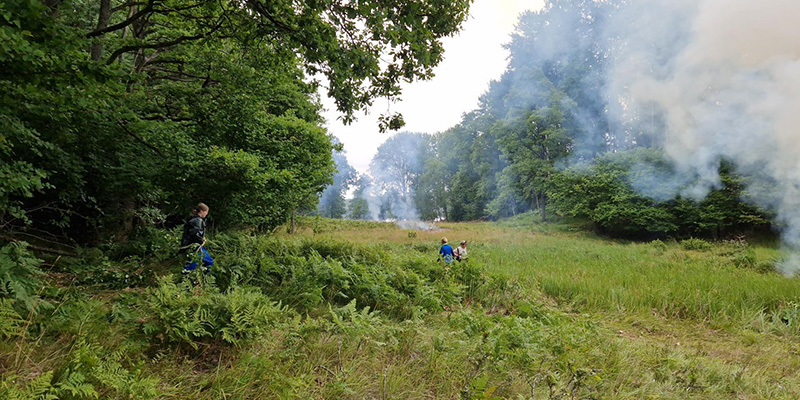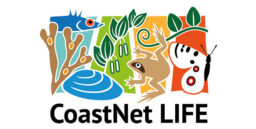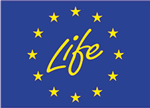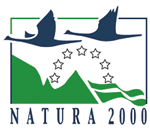CoastNet LIFE

Our Work
After Life Plan
Layman´s report
Plans, reports and other materials delivered by the Coast Net LIFE Project
Project videos
The aim of the project was to restore important coastal and archipelagic habitats. As a result, over 1,600 hectares of these habitats were restored, including sun-lit environments, coastal meadows, herb-rich forests, and wooded pastures. Restoration of these areas improved the living conditions of e.g. the Apollo butterfly and the hermit beetle. The area managed included Finnish coastal nature from the Bothnian Bay to the Hanko Archipelago as well as the northern coast of Estonia in e.g. Tallinn and the Lahemaa National Park.
The implementation period of the project was 1 August 2018–31 March 2025.
A continuous network helps nature to survive
The CoastNetLIFE Project aimed to improve the conservation status of Natura 2000 sites along the Baltic coastal zone of Finland and Estonia.
The aim was to create a functional network of coastal habitats. The focus was on open and semi-open environments that are typical of the coastal area.
We restored environments that were in poor condition and supplemented the network with new areas.
Restoration increases the size and improves the quality of the habitats, also reducing the distance between them. For example, butterflies need a sufficient number of meadows in good condition and located within a radius of a few kilometres.
Improving the network is especially important now and will continue to be particularly important, when the impacts of climate change are becoming visible. The network of nature conservation areas on the western coast, reaching form southwest up to north, is the core area of Finnish meadows. A continuous north-to-south network of habitats that are in good condition will help species spread to new living areas when the southern habitats become too hot or dry.
The networks of managed habitats overlap to some extent, and the species may need different kinds of habitats during their lifespan. Species that require this kind of habitat mosaics include, e.g. two Apollo butterfly species, which are helped by the project.
All habitats do not require management, and 70–80% of the nature conservation areas will be completely excluded from the management programme. One of the first measures was preparing a general nature management plan that described the management network and the mires and forests that will be excluded from it.
The management plan was the first step towards creating a cost-efficient management system.
The plan designs management on two spatial scales and on temporal scale. It identifies six special nature management areas, or prioritized managed habitat networks, in the nature conservation areas of the Archipelago Sea. These nature management areas are functional entities in which a large proportion of the endangered species of the Archipelago Sea can be preserved by diversifying and increasing nature management area.
The Nature Management Plan for the Conservation Sites of the Archipelago Sea has been published in Finnish, documentation page in English:
Funding and partners
The budget of the project was EUR 8.7 million, of which the European Commission’s funding covered 60%, i.e. EUR 5.2 million.
The project was administered by Metsähallitus, Parks & Wildlife Finland.
The partners included
- Keskkonnaamet (Estonian Environmental Board)
- Town of Raahe
- Town of Rauma
- City of Tallinn
- City of Turku
- University of Turku
- Centre for Economic Development, Transport and the Environment, Southwest Finland
- WWF Finland
A seminar on nature management at the archiplago environments was held in 2022:
Seminar 8.6.2022 Nature management at the archipelago environments – program (pdf, 220 kb)
Contact details
Project Manager Kimmo Kurkko
Metsähallitus, Parks & Wildlife Finland
tel. +358401628245
kimmo.kurkko@metsa.fi

The project has received funding from the LIFE Programme of the European Union. The material reflects the views by the authors, and the European Commission or the CINEA is not responsible for any use that may be made of the information it contains.
Last updated 3 December 2025


